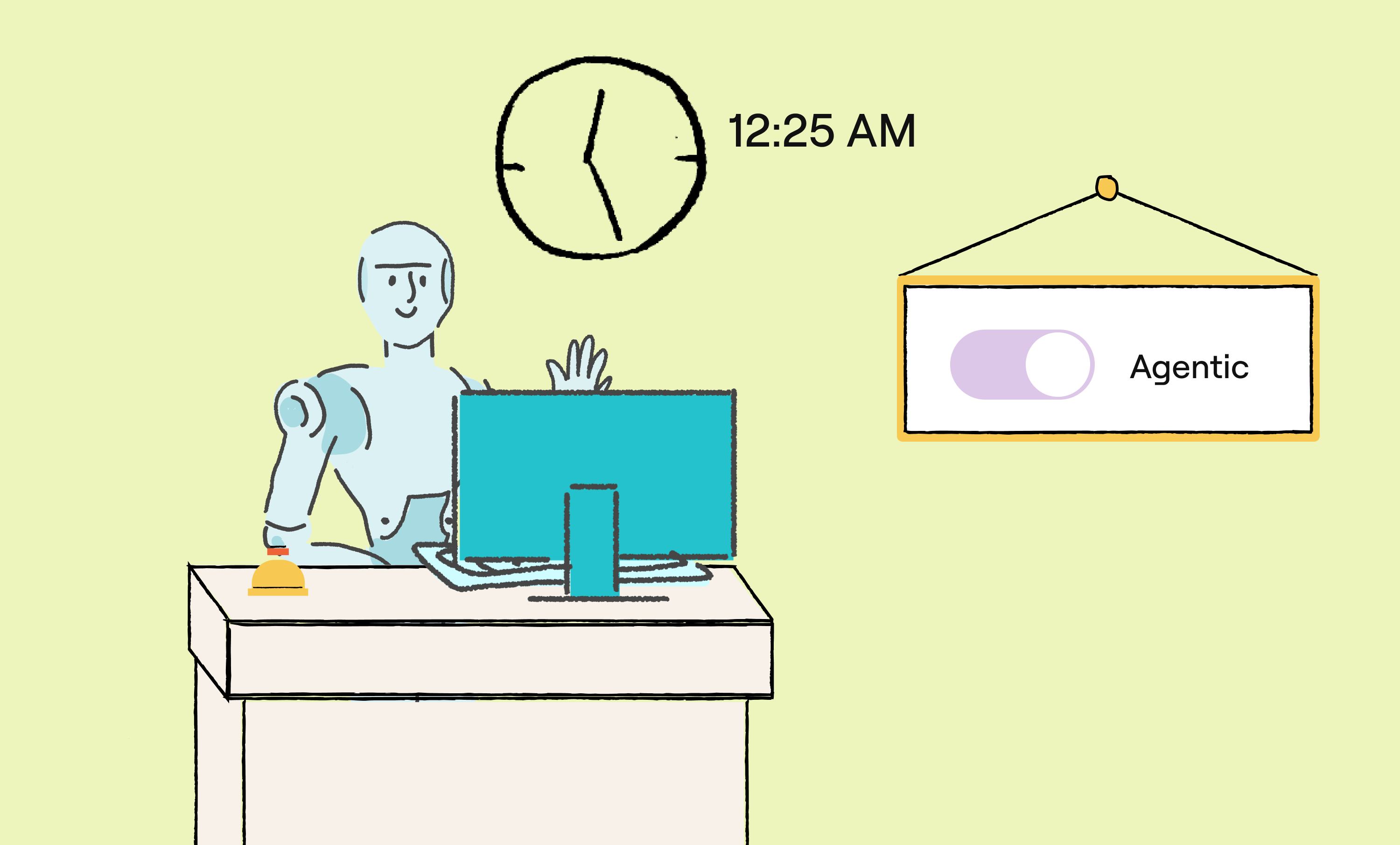What is RevPAR?
A practical guide to understanding RevPAR, how to calculate it, and what it reveals about hotel performance.
What Is RevPAR? A Straightforward Guide for Hotel Operators
Revenue per available room, or RevPAR, is one of the most cited performance metrics in the hotel industry. But it can also be one of the most misunderstood. Whether you’re running a 25-key boutique property in Palm Springs or managing multiple locations across a regional portfolio, knowing how to interpret RevPAR is key to evaluating performance and spotting revenue opportunities.
In this guide, we’ll break down exactly what RevPAR means, how to calculate it, and why it matters. We’ll also look at real-world benchmarks and explore when RevPAR can be misleading if used in isolation.
What Is RevPAR?
RevPAR stands for Revenue Per Available Room. It measures how much revenue you’re generating for each room that could have been sold, whether it was actually occupied or not. It combines both your occupancy rate and your average daily rate (ADR) into one number, offering a quick snapshot of how well you’re filling your rooms and at what price point.
The formula is simple:
RevPAR = (Rooms Revenue) / (Available Rooms)
Or, alternatively:
RevPAR = Occupancy Rate x ADR
So if you have 100 rooms, an occupancy rate of 75%, and an ADR of $200, then your RevPAR would be $150.
Why Does RevPAR Matter?
RevPAR is popular because it gives hotel operators a fast way to evaluate how efficiently inventory is being monetized. Unlike just looking at ADR (which ignores occupancy) or occupancy (which ignores rate), RevPAR balances both.
For GMs and directors of operations, RevPAR can highlight:
- How pricing and promotions are impacting room revenue
- Whether a dip in occupancy is being offset by higher rates
- How well the property is performing compared to competitors or compsets
It’s especially useful when viewed week-over-week, month-over-month, or year-over-year.
Real-World RevPAR Benchmarks for 2025
Looking at current data helps put RevPAR in context:
- According to Lodging Analytics Research & Consulting, U.S. RevPAR is expected to rise by 3.1% to reach about $103.02 in 2025, driven by a 3.7% ADR increase to $164.54—while occupancy dips slightly to 62.6%.
- CBRE anticipates a 2% national RevPAR increase, with urban markets leading at around 2.8%, and notes that RevPAR is projected to exceed 2019 levels by about 16.6%.
- In Q1 2025, U.S. RevPAR grew 2.2% year-over-year, driven by a 1.9% rise in ADR and moderate occupancy gains—even amid economic uncertainty.
Several hotel leaders have commented on these trends:
- Accor’s CFO shared that Q2 2025 RevPAR rose by 4.1%, although it fell short of the company’s 4.7% expectation: “We remain confident in our ability to achieve our medium‑term growth targets in a complex environment”.
- Hilton revised its 2025 RevPAR forecast to 0–2%, down from an earlier 2–3% projection, citing macroeconomic uncertainty: “The company now expects full‑year RevPAR… to be flat to up 2%”.
- Wyndham’s CEO Geoff Ballotti noted the role of new developments: “Docenas de hoteles franquiciados de Wyndham… cerca de los principales proyectos de centros de datos… lo que llevó a un aumento casi del 5% en los ingresos por habitación disponible (RevPAR)”.
When RevPAR Falls Short
While RevPAR is a handy metric, it’s not the full picture. High RevPAR doesn’t always mean high profit. For example:
- A hotel might push rates up to increase RevPAR but see higher cancellations or lower guest satisfaction.
- A sold-out hotel with a decent RevPAR might still lose money if operating costs are too high.
This is why many operators also track GOPPAR (Gross Operating Profit Per Available Room) or TRevPAR (Total Revenue Per Available Room). These take into account other revenue streams and expenses, giving a clearer view of actual performance.
RevPAR Strategies That Actually Work
If you're looking to move the needle on RevPAR, the key is to balance occupancy and rate without compromising on guest experience. Some proven strategies include:
- Dynamic pricing: Adjusting rates based on demand patterns, not just historical data.
- Minimum length of stay restrictions during high demand dates.
- Direct booking incentives that offer value rather than deep discounts.
- Upselling and packaging (e.g., F&B credits, spa access, local experiences).
Wrapping It Up
RevPAR is one of the most useful metrics for any hotel operator, but it’s not the only one that matters. It works best when combined with other data points to guide smart decisions on pricing, staffing, and service delivery.
Use it as a pulse check, not a final diagnosis. When RevPAR goes up, ask why. When it dips, ask what changed. In both cases, it can start conversations that lead to sharper decisions and better guest experiences.
If you're not tracking RevPAR regularly—or if you're only looking at it in isolation—you're likely missing opportunities hiding in plain sight.
Time is one the greatest asset and one of the things that [Akia] has helped us out as a property tremendously.
Emily F.
Executive Assistant
Time is one the greatest asset and one of the things that [Akia] has helped us out as a property tremendously.
Ethan Fishbane
Director of The Front Office, Prince Waikiki
Schedule of events and useful links
Never miss a beat with our comprehensive schedule of events and collection of useful links.

Schedule of events and useful links
Never miss a beat with our comprehensive schedule of events and collection of useful links.

See Akia in action!
Schedule a demo today and learn how our hospitality platform can transform your operations and elevate your guest experience.













